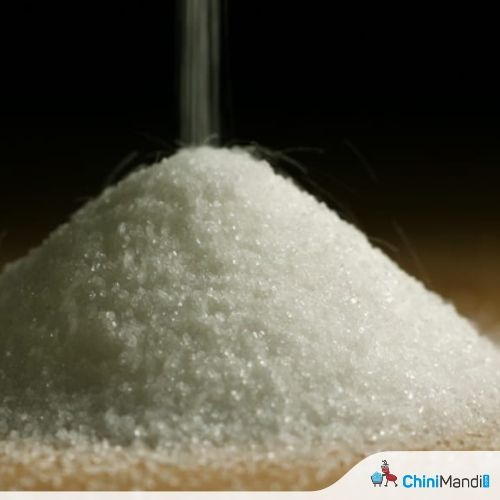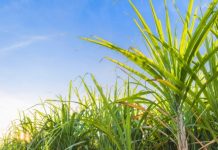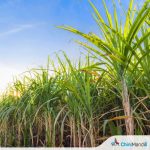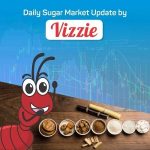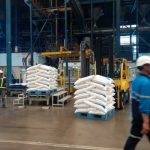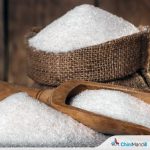The Department of Agriculture (DA), through the Sugar Regulatory Authority (SRA), is currently testing samples of imported sweeteners from Vietnam flagged by the Bureau of Customs (BOC) as potentially misdeclared sugar, reports the Department of Agriculture.
The shipments, whose consignee has not been disclosed pending further investigation, arrived in three batches totaling fourteen 20-foot container vans. These were initially declared as “sweet mixed powder” under Tariff Code 1702, classified as “other sugar.”
Each container can hold about 25 metric tons of sugar in sacks, meaning the total volume of the three shipments is estimated at 350 metric tons, or 350,000 kilos of refined sugar, valued at approximately P30 million.
However, a preliminary inspection by the BOC raised concerns that the product may fall under Tariff Code 1701, which is designated for refined sugar.
Under the Association of Southeast Asian Nations (ASEAN) trade agreements, imports classified under Tariff Code 1701 face a 5 percent tariff, while those under Code 1702 are taxed at just 1 percent.
“It looks like the consignee used the 1702 classification because importing sugar requires clearance from the SRA, and so far, no such authorization has been issued,” said Agriculture Secretary Kiko Tiu-Laurel.
In response, the BOC’s Customs Intelligence and Investigation Service (CIIS), in coordination with the SRA Regulation Department and other agencies, launched a joint inspection of the shipments. The product, sourced from Vietnam, was found to contain 88 percent white granulated sugar and 12 percent glucose.
The product, labeled “TTC Sugar,” is produced by Bien Hoa Consumer Joint Stock Company. A physical examination revealed that the “sweet mixed powder” closely resembles refined sugar, heightening suspicions about its true classification.
Given these findings, the SRA has collected three sets of samples from the separate shipments for further laboratory analysis. Around three kilograms of samples were taken to determine the product’s actual composition.
Personnel from the DA/SRA, BOC CIIS, BOC Examination Service, the Subic Bay Metropolitan Authority (SBMA) Seaport, and security teams were present during the sampling process. A meeting was also held with the District Collector of the Port of Subic to discuss the matter in depth.
The results of the laboratory tests will play a crucial role in determining whether the shipment was misdeclared and if further actions, including possible penalties, will be necessary. This case underscores the importance of accurate tariff classification and highlights the role of regulatory bodies in maintaining the integrity of the domestic sugar industry.

